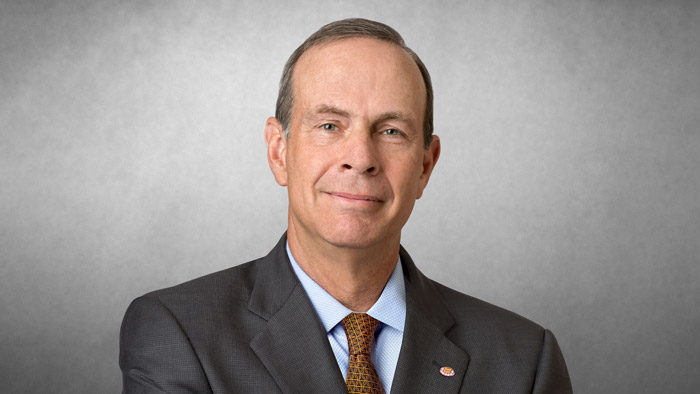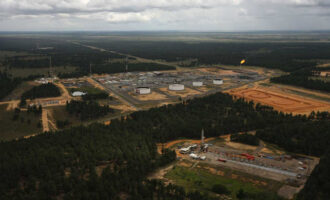
Chevron to reduce capital spending by 20% in 2020
Chevron Corporation, one of the world’s leading integrated energy companies headquartered in San Ramon, California, U.S.A., announced yesterday that it is reducing capital spending by 20% to USD16 billion, in response to today’s challenging market conditions.
“With an industry leading balance sheet and a flexible capital program, we believe Chevron is resilient and positioned to withstand this challenging environment,” said Chevron Chairman and CEO Michael Wirth. “Given the decline in commodity prices, we are taking actions expected to preserve cash, support our balance sheet strength, lower short-term production, and preserve long-term value.”
Reductions are expected to occur across the portfolio and are estimated as follows:
- USD2 billion in upstream unconventionals, primarily in the Permian Basin
- USD700 million in upstream projects and exploration
- USD500 million in upstream base business spread broadly across Chevron’s U.S. and international assets
- USD800 million in downstream & chemicals and other
Cash capital and exploratory expenditures are expected to decrease by USD3.3 billion to USD10.5 billion in 2020. Total capital and exploratory spending in the second half of 2020 is expected to be about USD7 billion, an annual run rate 30% lower than the approved budget announced in December 2019.
Excluding 2020 asset sales and price related contractual effects, the company expects production to be roughly flat relative to 2019. Chevron’s net production increases about 20 thousand barrels of oil equivalent per day for each USD10 movement lower in Brent oil prices due to contractual effects. Permian production by the end of the year is expected to be about 125 thousand barrels of oil equivalent per day, or 20%, below prior guidance.
“The flexibility of our capital program allows us to respond to these unexpected market conditions by deferring short-cycle investments and pacing projects not yet under construction,” said Jay Johnson, executive vice president, Upstream, “At the same time, we are focused on completing projects already under construction that will start-up in future years while preserving our capability to increase short-cycle activity in the Permian and other areas when prices recover.”
In addition to reducing capital expenditures, the company is taking other actions to support its industry leading balance sheet including the suspension of its USD5 billion annual share repurchase program. Chevron has repurchased USD1.75 billion of shares during the first quarter of 2020.
The company completed the sale of its interest in the Malampaya field in the Philippines with proceeds of more than USD500 million received in the first quarter. In April, the company expects to close the sale of its upstream interests in Azerbaijan and its interest in a related pipeline.
The company continues to execute its plans to reduce run-rate operating costs by more than USD1 billion by year-end 2020.
“Chevron’s financial priorities remain unchanged,” said Chevron Chief Financial Officer Pierre Breber. “Our focus is on protecting the dividend, prioritizing capital that drives long-term value, and supporting the balance sheet.”
Future Financial and Operating Results
Recent decreases in commodity prices, as a result of COVID-19 impacts on reduced demand and geopolitical pressures increasing supply, are expected to negatively impact the company’s future financial and operating results. Due to the rapidly changing environment, there continues to be uncertainty and unpredictability around the impact on its results.









